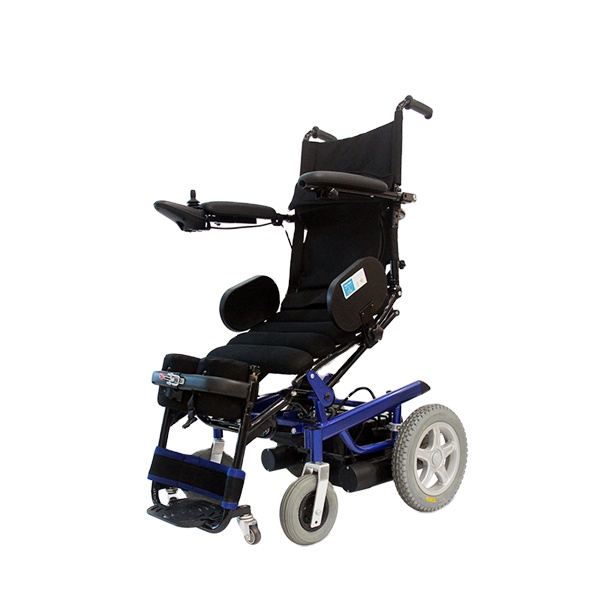The introduction of standing wheelchairs has the potential to revolutionize the concept of accessible workplaces, creating environments where individuals with mobility challenges can thrive professionally. These innovative devices contribute to a more inclusive and empowering work culture. Here’s how standing wheelchairs enhance workplace accessibility:
- Active Participation: Standing wheelchairs enable users to actively participate in meetings, discussions, and collaborations, ensuring their contributions are on equal footing with colleagues.
- Improved Interaction: The ability to stand facilitates face-to-face interactions with coworkers, enhancing teamwork, communication, and relationship-building.
- Inclusive Workstations: Employers can adapt workstations to accommodate standing wheelchairs, providing users with a comfortable and productive workspace.
- Flexible Work Environments: Standing wheelchairs promote flexibility in office layouts, allowing users to navigate and engage with their surroundings more effectively.
- Professional Image: Being upright in a professional setting enhances users’ self-confidence and professional image, positively influencing their career trajectories.
- Presentations and Trainings: Users can confidently lead presentations, trainings, and workshops while standing, furthering their professional development.
- Networking Opportunities: Standing wheelchairs facilitate networking at conferences, seminars, and industry events, supporting career growth and opportunities.
- Work-Life Balance: The physical benefits of standing contribute to overall well-being, allowing users to better manage their work-life balance.
- Advocacy and Awareness: Users in standing wheelchairs become advocates for workplace accessibility, promoting awareness and inclusion in their organizations.
- Empowerment and Contribution: Standing wheelchairs empower users to pursue their career aspirations, contribute meaningfully to their teams, and inspire others through their achievements.
The integration of standing wheelchairs into workplaces demonstrates a commitment to diversity, accessibility, and equal opportunities, ultimately benefiting both employees and organizations as a whole.














